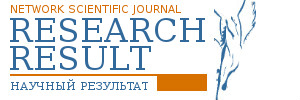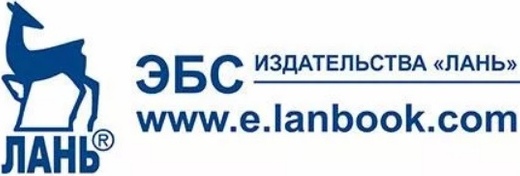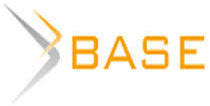THE CONTENT AND ESSENCE OF EDUCATION KINESIOLOGY
This work is devoted to the content and nature of educational kinesiology, its differences from the physical culture, sports kinesiology and applied kinesiology. Ancient thinkers studied the interaction of human movement and its development. In the middle of the 20th century, scientists came to the conclusion that skillful usage of this interdependence promotes the effectiveness of trainings and the development of the whole person. In the 60-s of the 20th century, Gudchard introduced into scientific usage the concept «applied kinesiology», the main subject of the research was the influence of motor actions on physiological systems of the human body. Development of biomechanics and psychology in the second half of the 20th century determined the appearance of sports kinesiology, studying the peculiarities of the techniques of outstanding athletes. In the 70-80s of the 20th, century educational kinesiology began to develop, and it was based on the connection of the motor plastics, thinking process for the education through the movement. All means of educational kinesiology (speech movement, pantomime, coded speech and other) are different from the means of physical culture in their tasks, directions, content, methods and results. The usage of kinesiologicalal means crosses the middle line of the body, performs several movements in a clear sequence with multiple repetitions and speed, or while the motion creative thinking and meaning of the speech is transmitted. Nowadays the theoretical and practical background for the development of kinesiological approach in education as a methodological base of motor pedagogy appears.

















While nobody left any comments to this publication.
You can be first.